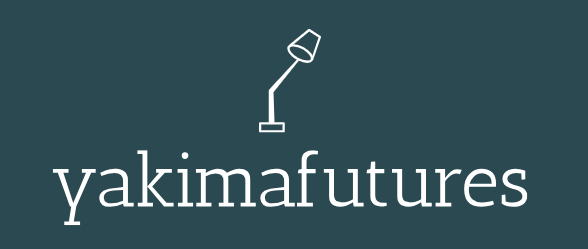 The Federal Tax Credits currently available in the US for upgrades for residential energy efficiency are significant enough to have many people thinking about energy efficiency remodeling. There is much discussion around the cost benefits of installing solar energy systems and even geothermal heat pump systems. But many homeowners are still asking, “Can I really power my home with wind energy?” The answer is “Yes!”
The Federal Tax Credits currently available in the US for upgrades for residential energy efficiency are significant enough to have many people thinking about energy efficiency remodeling. There is much discussion around the cost benefits of installing solar energy systems and even geothermal heat pump systems. But many homeowners are still asking, “Can I really power my home with wind energy?” The answer is “Yes!”
When most of us think about wind energy, we flash on images of huge turbines lined up in mid-western or off-shore wind farms. We see pictures of turbines 150 yards in diameter that sit 3000 feet above sea level. But wind technology is advancing daily. In fact, turbine design is advancing so fast that some of the wind-energy web sites are having difficulty keeping up!
Many farms and other residential and industrial facilities in rural areas have been using wind turbines for years to provide all power for their needs. But as interest in powering homes with wind energy grows, new technologies are producing quieter, more attractive, turbines that can be effective at lower elevations. In fact, there are new turbine designs that can be incorporated into landscaping design around homes.
The economics of wind power depend on where you live, how much wind is available on a continuous basis at what elevation, and whether you plan to invest in batteries to store excess energy. The economics of wind power also depend on whether you plan to install a stand-alone system to provide all of your energy needs or you plan to connect to the electric grid serving your area and use a wind energy system to generate power that you supply to the electric company in exchange for free energy. Either way, a small wind system could provide all of the power your home needs with wind energy.
You can now purchase a wind generator from and from several other online retailers. You can also purchase complete wind systems from the manufacturer. At the very least, you can do your homework online before you start talking with a local contractor. Most states currently require that wind power systems be professionally installed by certified contractors. Before you purchase any equipment from any source, you should discuss your options and what kind of systems are working for other homeowners in your area with your contractor.
Choices of turbines are generally based on the amount of wind power generated by the system. This is measured in kilowatts. For example, a 1.2kW turbine produces 1200 watts. A turbine of this size installed where there is an average wind speed of 12 mph will produce about 2000 kilowatt hours of electricity per year. The cost of a wind system usually ranges from $3,000 to $5,000 per kilowatt connected to the grid. The cost could be lower for an independent system not connected to the grid. Turbines are expected to last about 20 years.
In most cases, the installation cost for a 10 kilowatt residential system will be about $35,000 to $40,000. In an energy efficient home, this system could meet all energy needs, eliminating the electric bill. The amount of time needed to recover the cost would depend on current average monthly electric bill (e.g., a home using $200 of electricity per month, would recover $2,400 of the cost each year) and the available purchase incentives. The incentives would begin with the current Federal Income Tax Credit of 30% of the cost of equipment and installation or $10,500 – $12,000. Many states also offer such incentives as investment tax credits, sales tax reductions, property tax reductions, and financing assistance. Many utility companies also offer a variety of incentives, including net metering, to wind system installation.
In short, it is entirely possible to completely meet the energy needs of an energy efficient home with a wind power system that could be expected to pay for itself in as little as 10 to 15 years.
Copyright 2009 by ABCD Publishing
